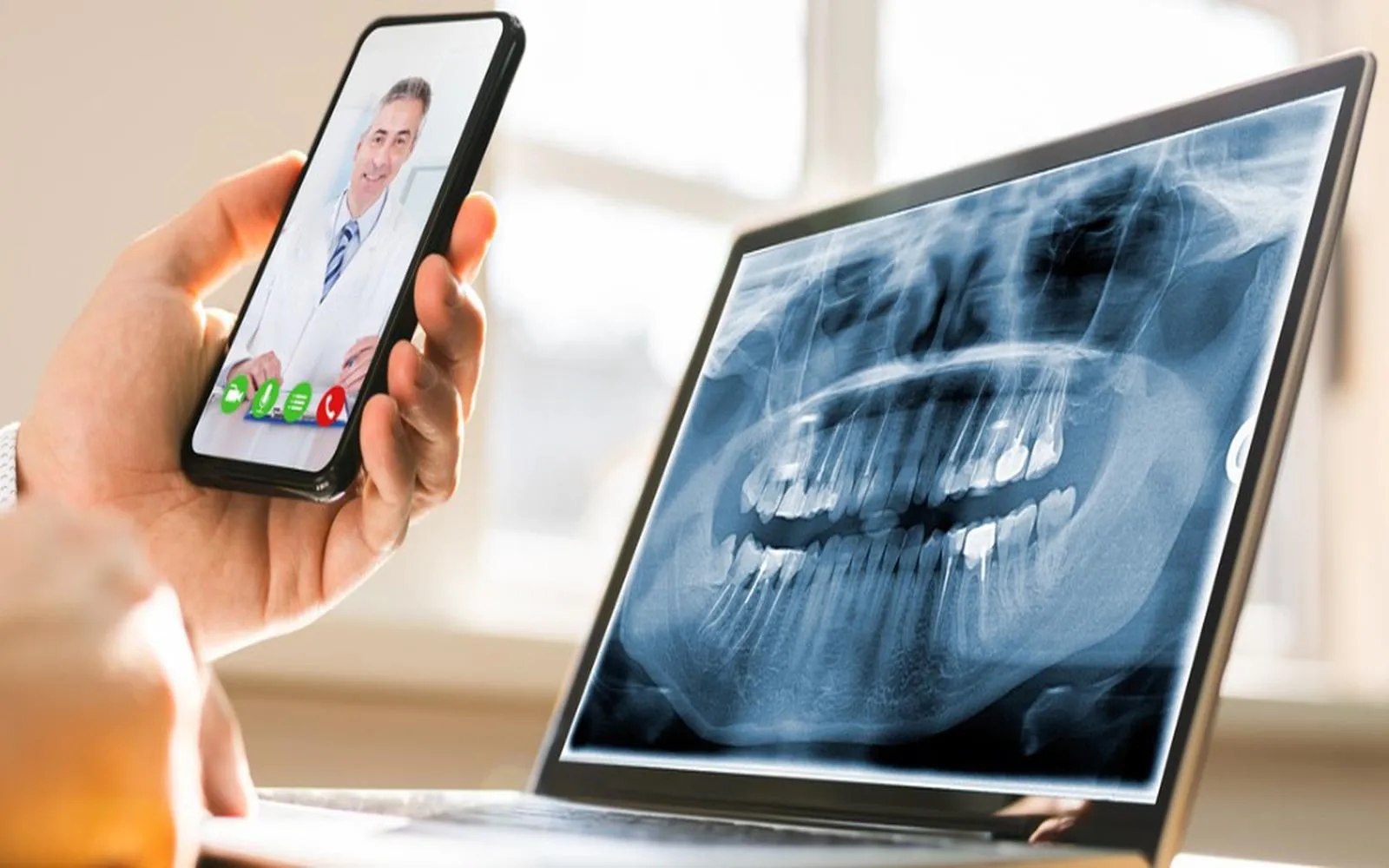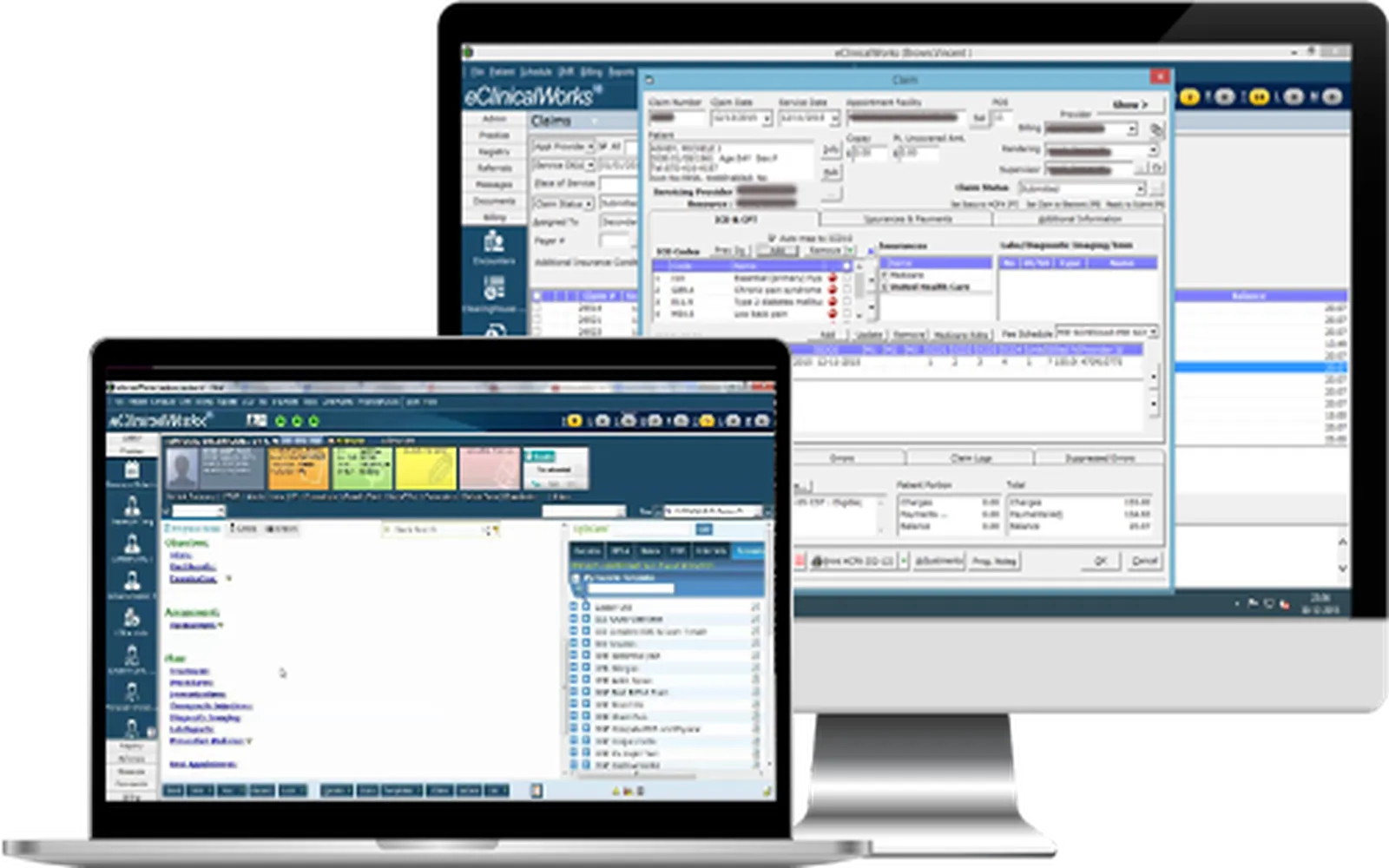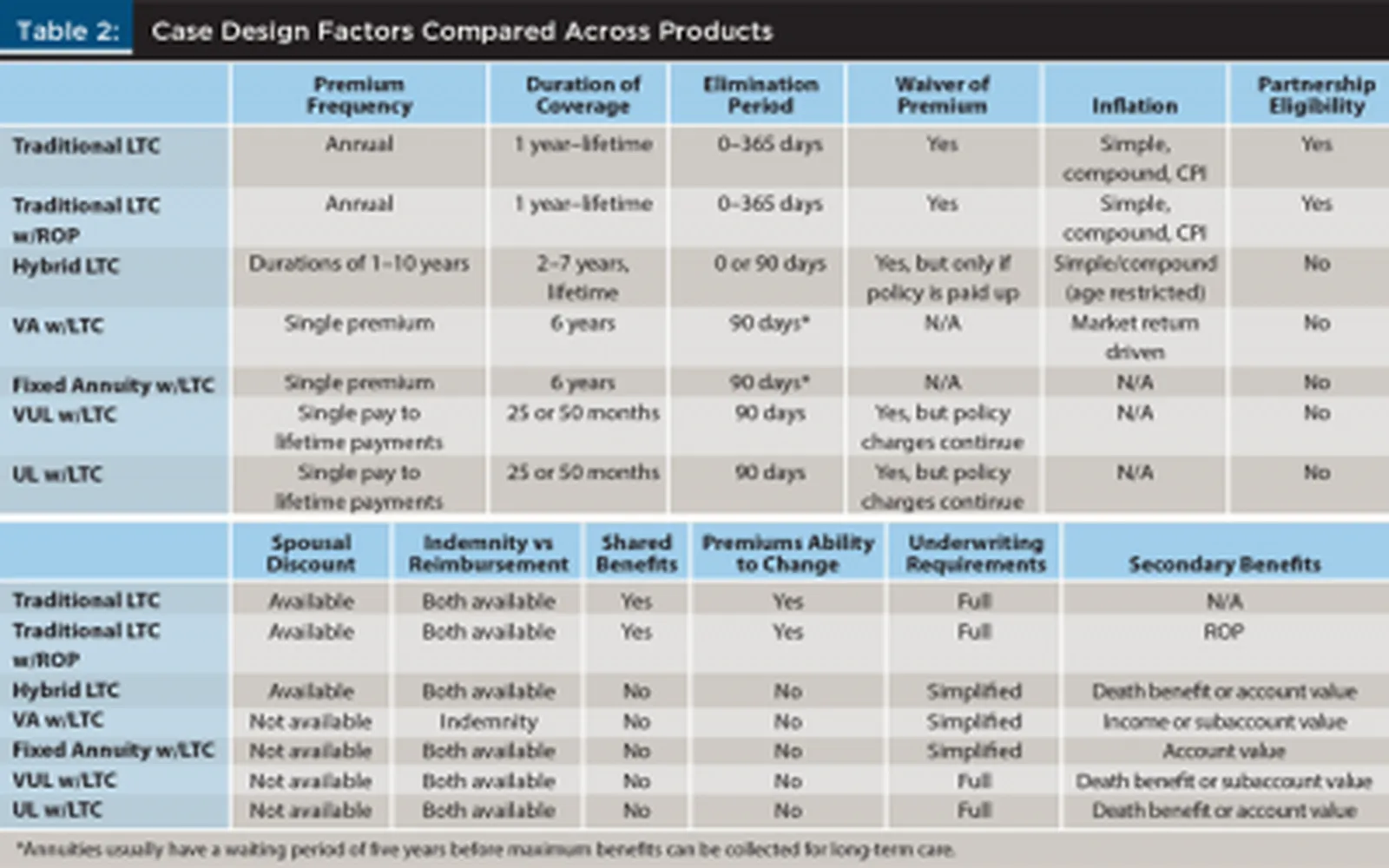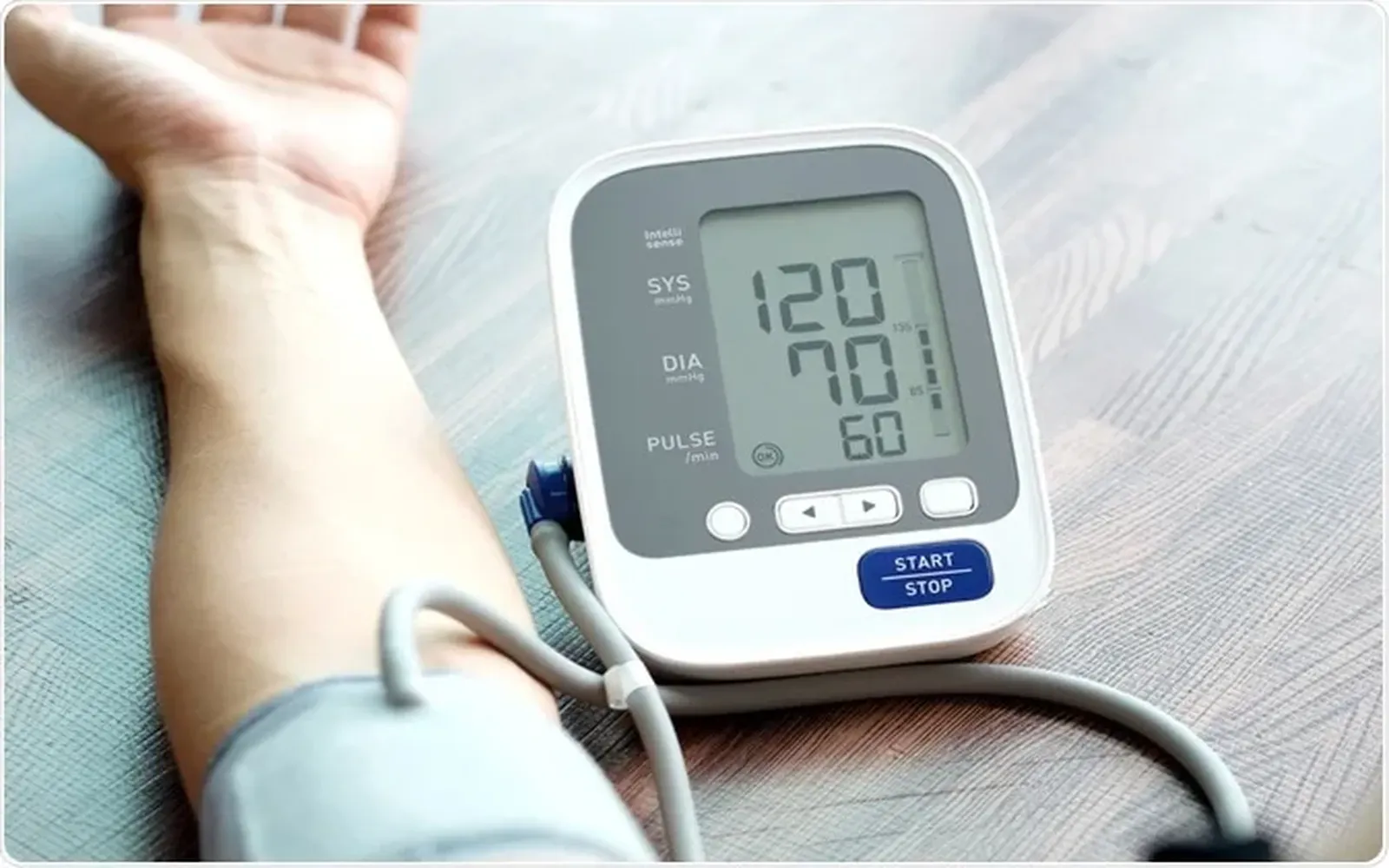Teledentistry in 2025: Revolutionizing Oral Care for a Healthier Future
In 2025, teledentistry is reshaping oral healthcare with remote consultations, personalized treatment plans, and preventive care from home. Leveraging AI and virtual reality, it enhances accessibility and improves outcomes, making dental care more efficient and effective. This innovative approach is bridging service gaps and empowering patients for a healthier oral care future.
Introduction to Teledentistry
As we step into 2025, the landscape of healthcare continues to evolve rapidly, with technology playing a pivotal role in transforming traditional practices. One of the most significant advancements in the dental field is teledentistry, which leverages digital technologies to provide dental care remotely. This innovative approach offers patients increased access to oral health services, enhances the efficiency of care delivery, and fosters a proactive attitude towards dental health. In this article, we explore how teledentistry is revolutionizing oral care, examining its benefits, challenges, and future potential.
The Rise of Teledentistry
Teledentistry has gained traction over the past few years, especially accelerated by the COVID-19 pandemic, which highlighted the importance of remote healthcare solutions. Patients found themselves needing dental consultations without the ability to visit their practitioners in person. Teledentistry emerged as a feasible solution, allowing for virtual consultations, diagnosis, and treatment planning through video conferencing, mobile apps, and secure messaging platforms. By 2025, teledentistry is no longer seen as a temporary fix but as a fundamental component of dental care.
Improved Access to Dental Care
One of the most significant advantages of teledentistry is its ability to improve access to dental care. Many individuals live in remote or underserved areas where dental services are limited. Teledentistry bridges this gap by allowing patients to connect with dental professionals from the comfort of their homes. This not only reduces travel time and costs but also encourages individuals who may have previously avoided dental visits due to distance or anxiety to seek care.
Cost-Effectiveness of Teledentistry
Teledentistry can significantly lower the costs associated with dental care for both patients and providers. For patients, virtual consultations often come at a reduced fee compared to in-person visits. Additionally, the elimination of travel expenses and time off work makes dental care more affordable. For dental practices, teledentistry reduces overhead costs related to maintaining a physical office space and allows practitioners to optimize their schedules by treating multiple patients in a day through virtual means.
Enhancing Patient Engagement
Teledentistry fosters greater patient engagement by facilitating easier communication between dental professionals and their patients. With the help of digital platforms, patients can send photos or videos of their dental issues and receive immediate feedback. This continuous interaction keeps patients informed about their oral health and encourages them to take an active role in their care. Furthermore, the convenience of virtual consultations allows for timely follow-ups, which can lead to better health outcomes.
Integration of Technology in Teledentistry
The integration of advanced technologies such as artificial intelligence (AI) and machine learning is transforming teledentistry. These technologies can analyze patient data and provide insights that enhance diagnosis and treatment planning. For instance, AI algorithms can help identify potential dental issues from images shared by patients, allowing dentists to make informed decisions quickly. Additionally, virtual reality (VR) and augmented reality (AR) are being explored to enhance patient education and treatment experiences, making dental care more interactive and engaging.
Preventive Care and Early Intervention
Teledentistry emphasizes preventive care, which is crucial for maintaining oral health. By enabling regular check-ins and consultations, dental professionals can monitor patients’ oral health more effectively and identify potential issues before they escalate into serious problems. This proactive approach can reduce the need for more invasive treatments down the line, saving both time and money while promoting healthier smiles.
Challenges of Teledentistry
Despite its numerous benefits, teledentistry is not without challenges. One of the most significant hurdles is the regulatory landscape, which varies from one region to another. Licensing requirements, reimbursement policies, and consent regulations can complicate the implementation of teledentistry services. Additionally, not all patients have access to the necessary technology or a reliable internet connection, which can create disparities in care delivery.
Ensuring Quality of Care
Maintaining the quality of care is paramount in teledentistry. While virtual consultations can be effective for many scenarios, certain dental procedures still require in-person visits. Dental professionals must be trained to determine when a virtual consultation is appropriate and when a physical examination is necessary. Moreover, ensuring that privacy and confidentiality are upheld during virtual consultations is crucial in maintaining patient trust and complying with healthcare regulations.
The Role of Dental Professionals
The role of dental professionals is evolving with the rise of teledentistry. Dentists are now required to be proficient in digital communication and telehealth technologies. Continuous education and training in these areas are essential for practitioners to remain competitive and provide high-quality care. Moreover, dental hygienists, dental assistants, and administrative staff will also play vital roles in the teledentistry ecosystem, supporting the delivery of remote care.
Patient Education and Awareness
For teledentistry to reach its full potential, patient education and awareness are critical. Dental practices must not only educate their patients about the benefits of teledentistry but also provide guidance on how to access and utilize these services effectively. This includes providing resources on technology requirements, troubleshooting common issues, and addressing concerns related to the quality of care. By empowering patients with knowledge, dental practices can enhance the overall effectiveness of telehealth services.
Future Trends in Teledentistry
Looking ahead, several trends are poised to shape the future of teledentistry. The continued advancement of technology will likely result in even more sophisticated tools for diagnosis and treatment. Innovations such as 3D imaging, remote monitoring devices, and AI-driven diagnostic tools will enhance the effectiveness of remote consultations. Furthermore, the integration of teledentistry with broader health initiatives, such as telemedicine for general health, will promote a holistic approach to patient care.
Global Perspectives on Teledentistry
Teledentistry is not a trend confined to one region; it has global implications. Countries around the world are exploring how to incorporate teledentistry into their healthcare systems. In developing nations, teledentistry can be especially beneficial in reaching populations with limited access to dental care. By leveraging mobile technology, dental professionals can provide essential services and education to communities that may otherwise go underserved.
Conclusion: A Healthier Future with Teledentistry
As we embrace the advancements of 2025, teledentistry stands as a testament to the power of technology in improving healthcare. By enhancing access to care, reducing costs, and promoting proactive oral health management, teledentistry is revolutionizing the way patients engage with their dental health. While challenges remain, the potential for teledentistry to create a healthier future is undeniable. As dental professionals and patients alike adapt to this new paradigm, we can look forward to a world where oral care is more accessible, efficient, and effective than ever before.
Explore

How Teledentistry Is Revolutionizing Dental Care

Revolutionizing Healthcare: The Future of Patient Care with Eclinical Software

Top Air Purifiers of 2025: Enhance Your Indoor Air Quality for a Healthier Home

Power Up Your Plate: Discover the Best High-Protein Foods for a Healthier You

Top Long-Term Care Insurance Options for 2025: Secure Your Future Today

Empowering Health: The Future of Medical Support and Care

Revolutionizing Space Logistics: The Future of Commercial Resupply Services

Top-Rated Landscaping Services of 2025: Transform Your Outdoor Space with Expert Care
